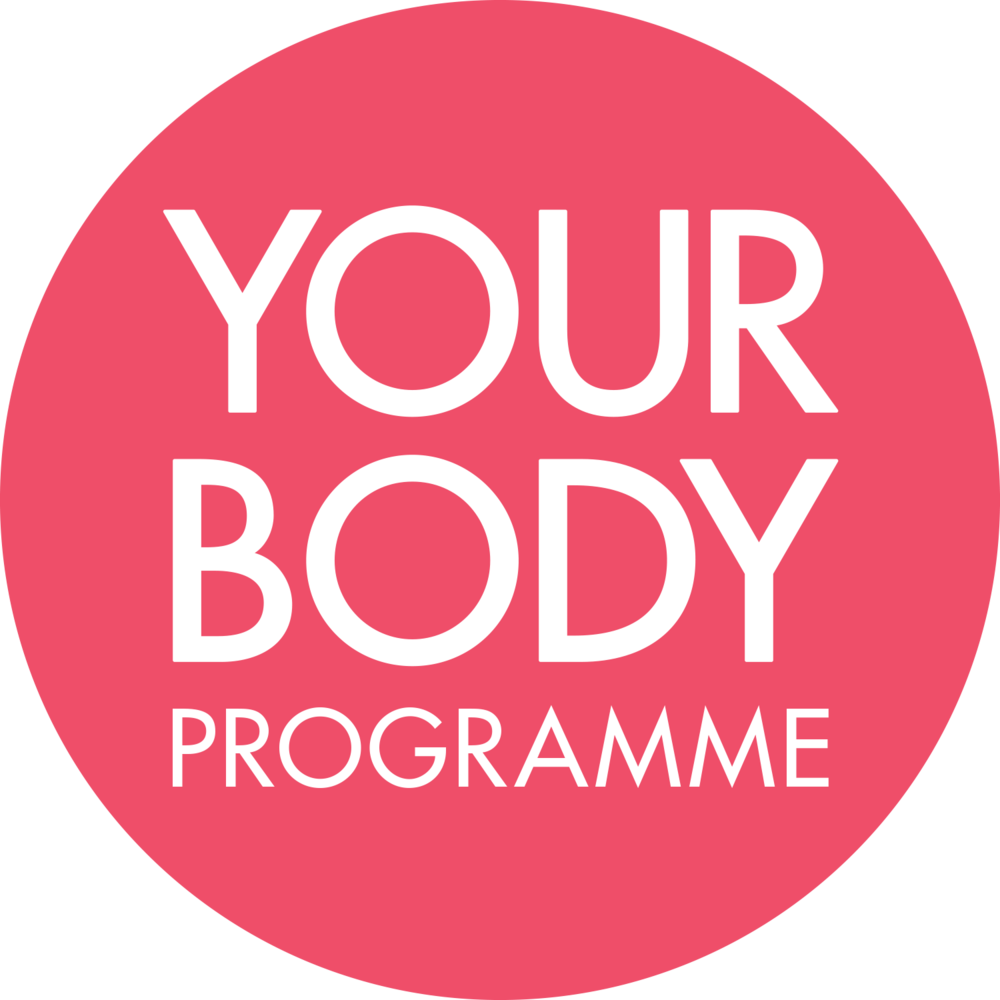postnatal exercise
Some tips and advice
Generally mothers are anxious to get themselves back into shape as soon as possible, but you must remember that pregnancy and childbirth is a major stress on you mentally and physically, and it takes time to fully recover and feel like yourself again. However the female body is amazing and with some sound guidance, understanding and hard work you will be well on your way to recovery and fitness. The main focus for most mothers when it comes to exercise is to lose the baby weight, obviously this is important but there are other reasons for doing specific postnatal training such as, strengthening and realigning the body to make it as efficient as possible and to avoid aches, pains and injuries which may crop up later down the line.
So when is it safe to exercise after having a baby ... and what kind of exercise should I do? This is the question I am asked most frequently.
Firstly, there are a few considerations to be taken into account:
What was your fitness level prior to pregnancy?
Did you suffer with any conditions during your pregnancy such as pubis symphasis disorder, pelvic girdle pain or general aches and pains?
Did you have a natural birth or a C-section?
What is your current state of mind and how are your energy levels?
Pelvic Floor
To make this simple, it can never be too early to start your pelvic floor exercises. On discharge from the hospital you should have been advised on how to perform these exercises. Even if you have had a C-section it is still important to strengthen the pelvic floor as the muscle has had to work overtime throughout your pregnancy to support your uterus. Both slow and quick contractions should be performed as they each fulfil a different purpose.
Don’t be too hard on yourself in the first few weeks, you need to allow your body time to recover and if you push too hard, too soon, you could do more damage than good. Pelvic floor exercises and some brisk walking may be enough for the first few weeks. Once you have had your 6 week check then it’s time to start thinking about increasing your level of activity and strengthening your core.
CORE WORK
During the early postnatal stages your abdominal muscles, which may have parted along the midline of the belly, will be gradually knitting back together. This level of progress determines how much core work can be commenced. If the gap between the rectus abdominals is greater than the width of 2 fingers, then you must only perform navel to spine contractions which will be working your transverse abdominals, these are the deepest layer of stomach muscles and the most important as they stabilise your spine. Once you have strengthened the transverse abdominals, and your rectus abdominals are less than 2 finger width apart, then you can move onto strengthening your rectus abdominals and your internal and external obliques. Please feel free to contact me for more advice on how to perform this abdominal check, as it is very important that you do not start doing abdominal crunches and oblique work before your body is ready. Always remember you need to strengthen your body from the inside out. Having a strong inner unit will allow you to strengthen the rest of your body without the risk of injury.
RESISTANCE WORK
Once you are able to engage your core then you should focus on resistance work to target postural muscles which have been destabilised during pregnancy. For example, due to the excess weight throughout your pregnancy your body will have been pulled out of alignment, adopting an accentuated S shape to your spine. So to help combat this we need to specifically focus on strengthening your core, gluteals, thoracic spine (mid back) and stretching your hip flexors, lumbar spine (lower back) and pecs. Obviously everyone is different so please remember that this is just a general guideline. Resistance work can also help with the physical demands of lifting and carrying your baby and can be extremely beneficial in reducing the demands of everyday life. Also, it’s good to know that having a higher muscle mass helps you to metabolise fat, basically aiding weight loss.
CARDIOVASCULAR WORK
Cardiovascular work needs to be introduced into your workout programme to help with weight loss and to improve your energy levels. Start gently as you will still have relaxin in your system during the early postnatal stages. Relaxin directly effects joint stability as the ligaments are unable to give the same degree of support, and therefore running and heavy impact work is not advisable as the body will still be vulnerable at this time. Relaxin can still be found in your system up to 5 months postnatally, especially if you are still breastfeeding. Therefore start with some brisk walking, progress to the cross-trainer and bike, and eventually introduce some interval training. An exercise session consisting of interval training really challenges your cardiovascular system as you continually alternate between brief periods and low and high intensity levels.
STRETCHING
Due to high levels of the hormone relaxin in your system, it is important not to over stretch as this can cause problems with joint stability. Keep stretching to a maintenance level for the first 5 months.
So to recap on the information I have given you, most importantly think PELVIC FLOOR, then progress onto core work starting with your transverse abdominals. Gradually increase intensity and add work for the rectus abdominals and the internal and external obliques. Once your core is functioning well, begin resistance work to correct your alignment and increase strength, at the same time raise the level of your cardiovascular work. These training styles combined are the best way to help you drop the excess baby weight and feel fit and healthy.

